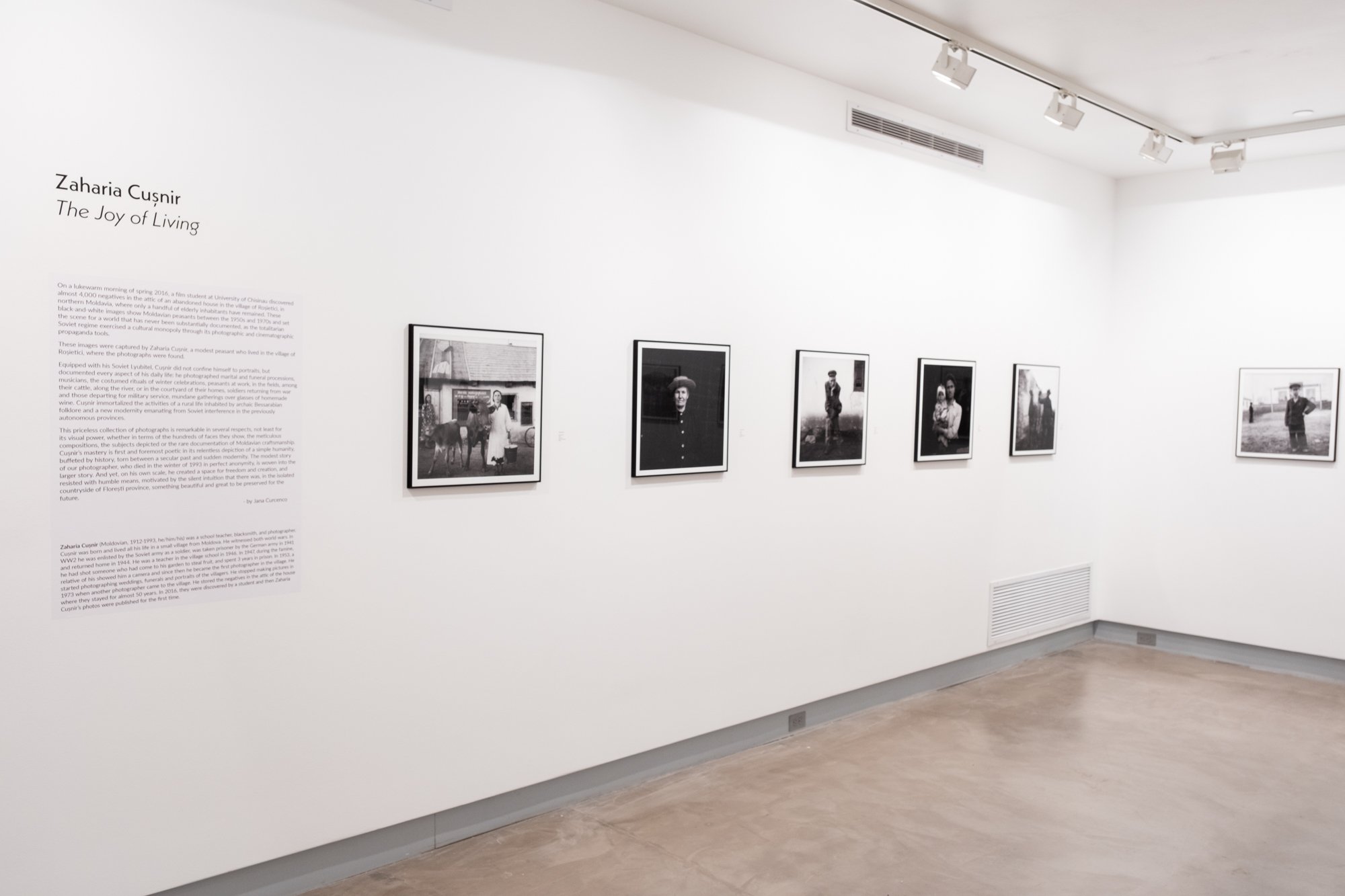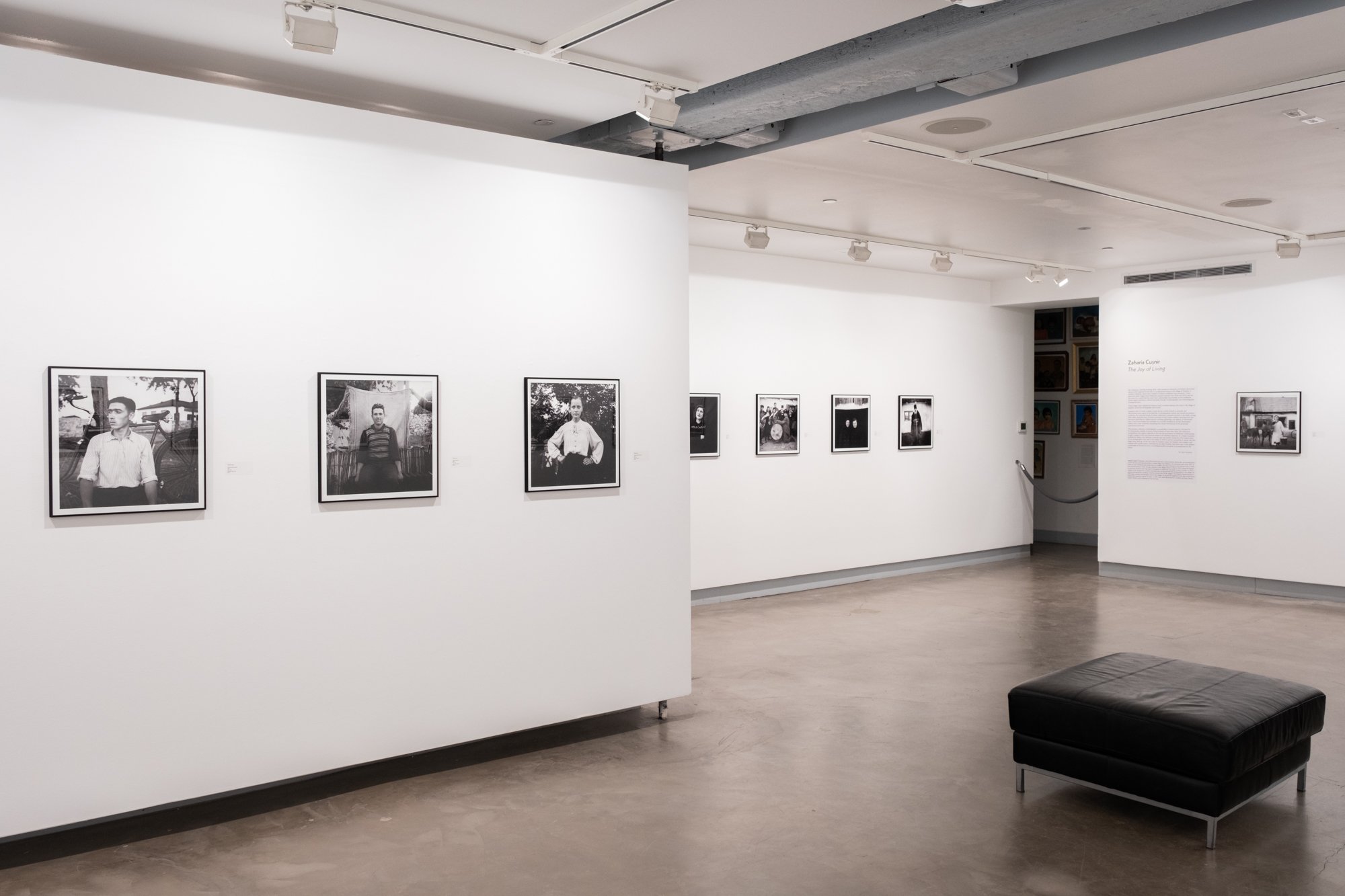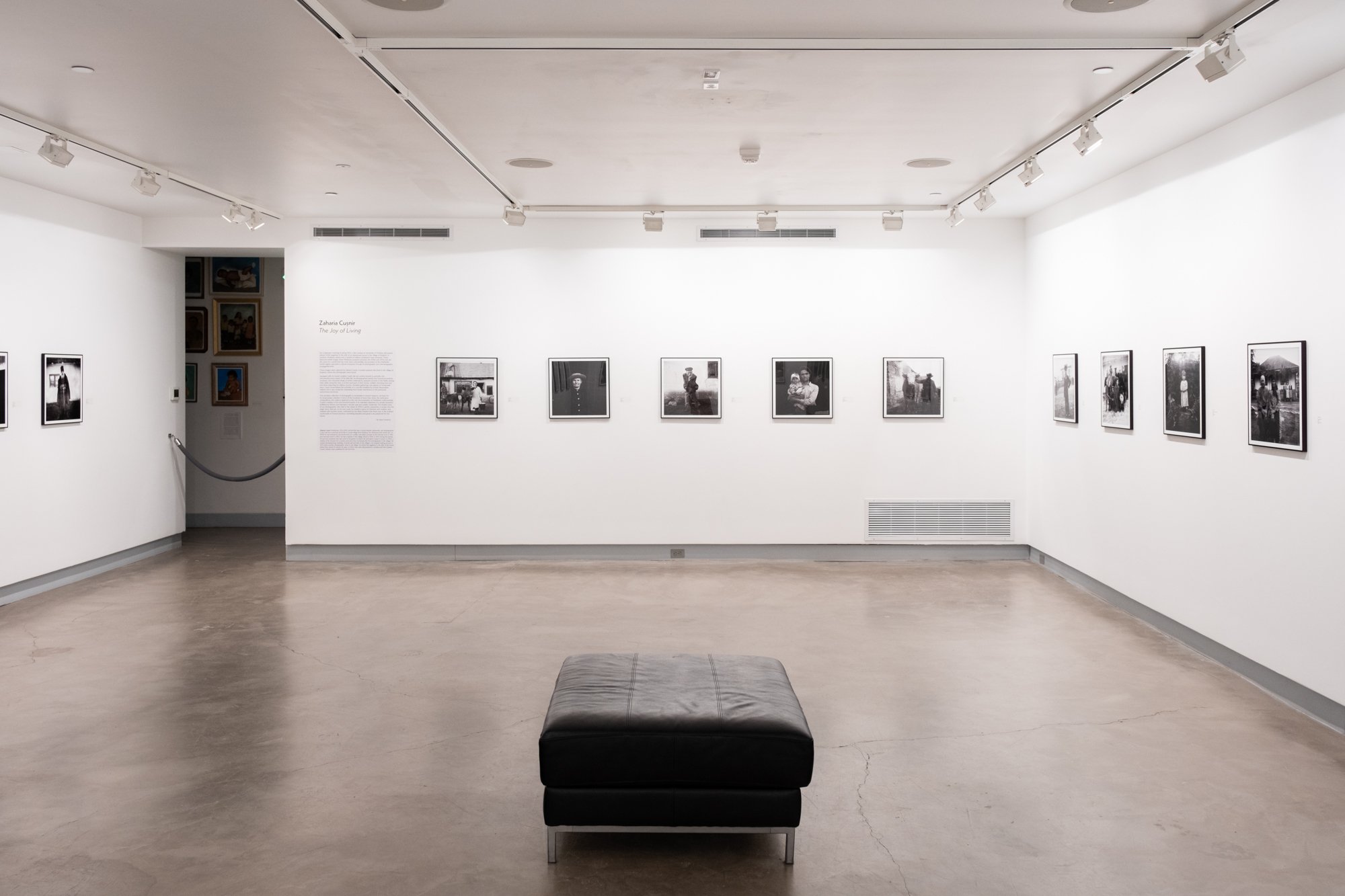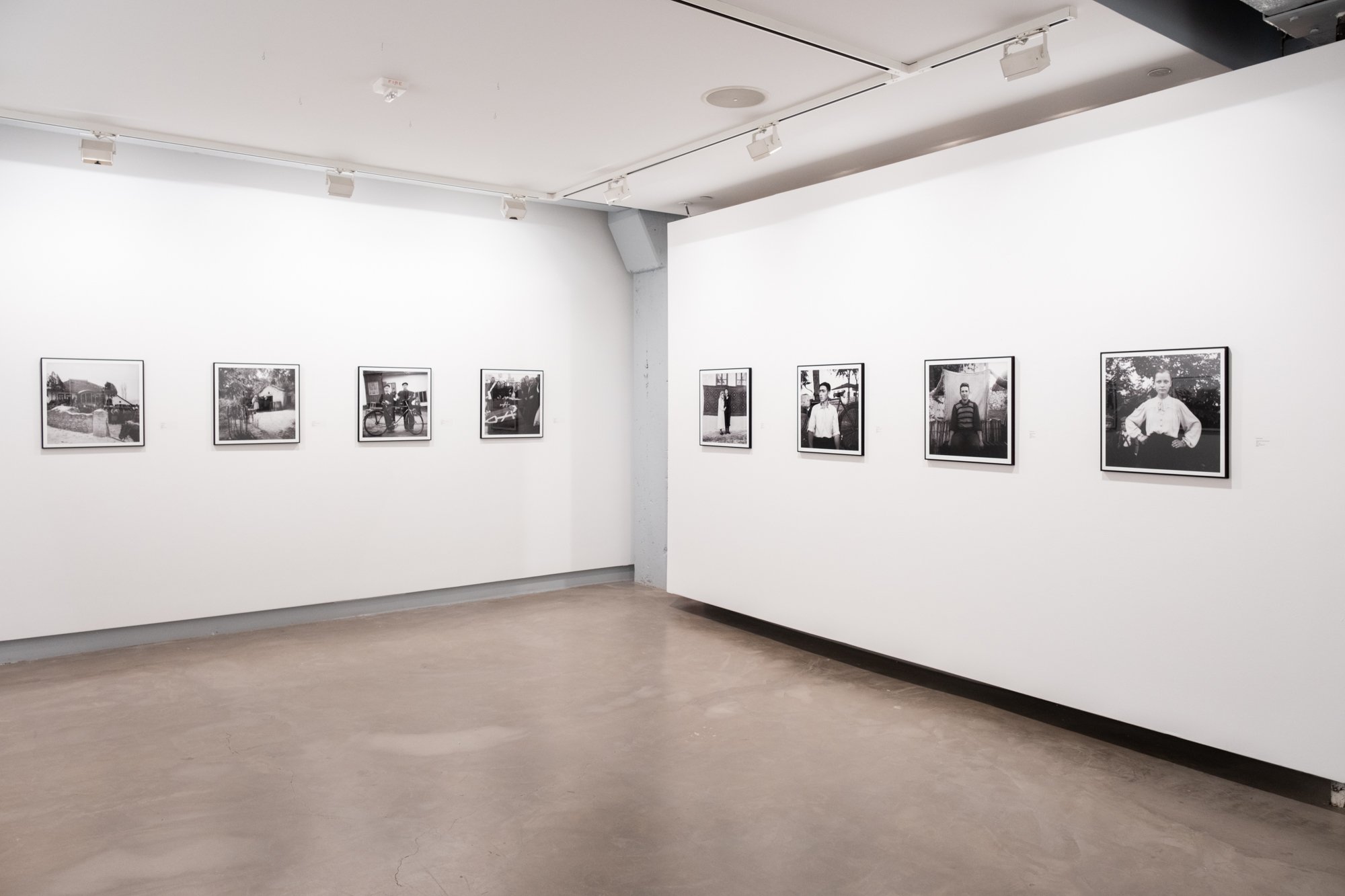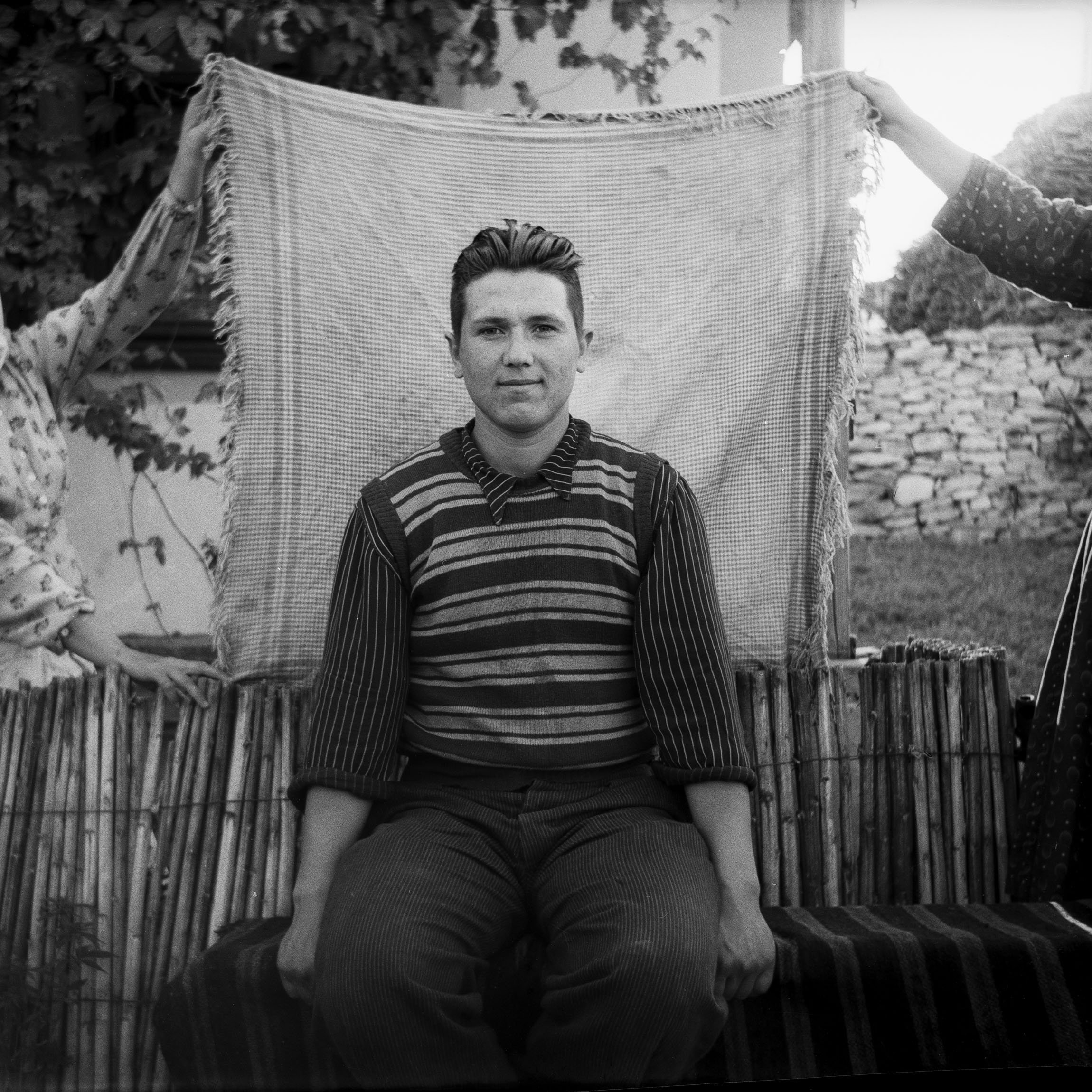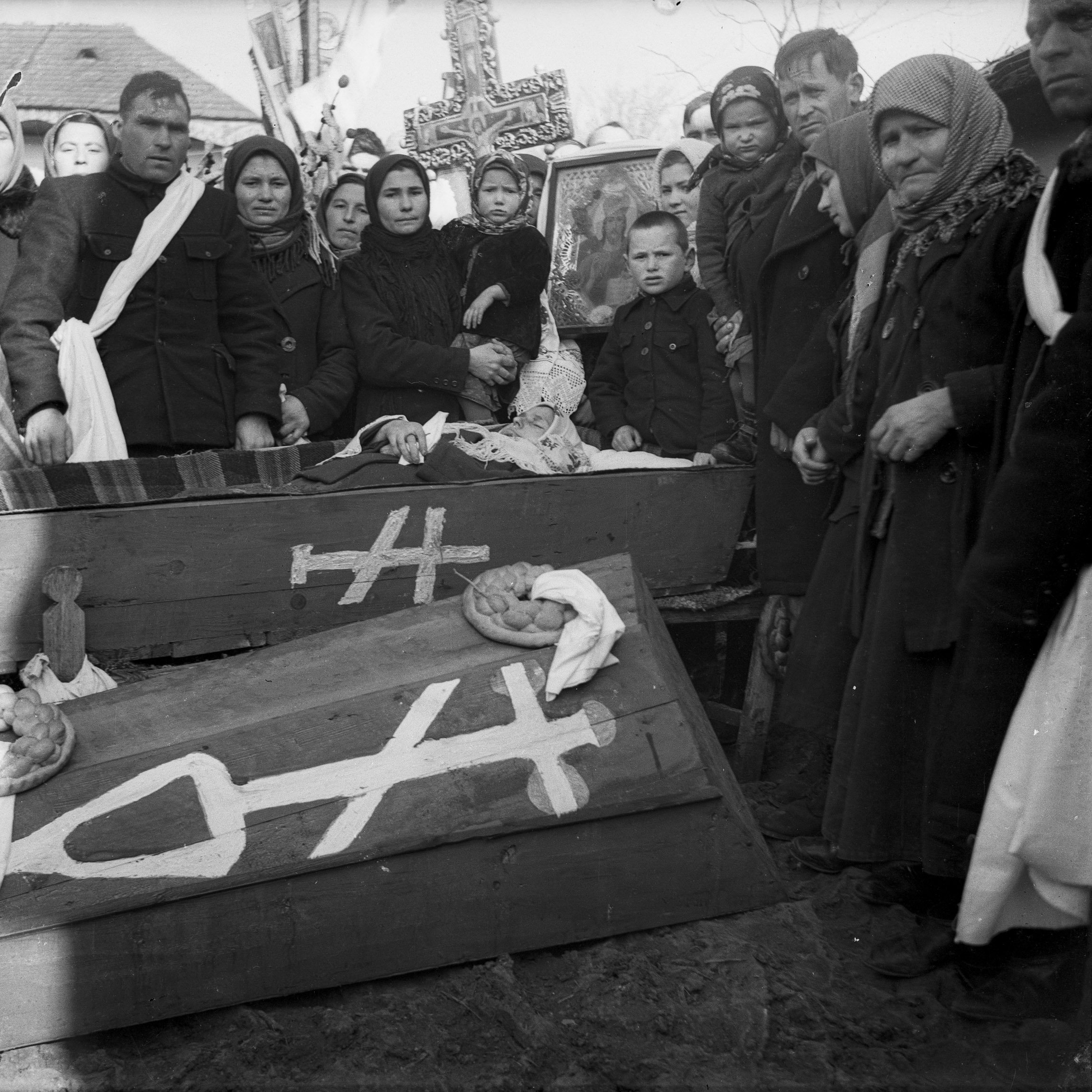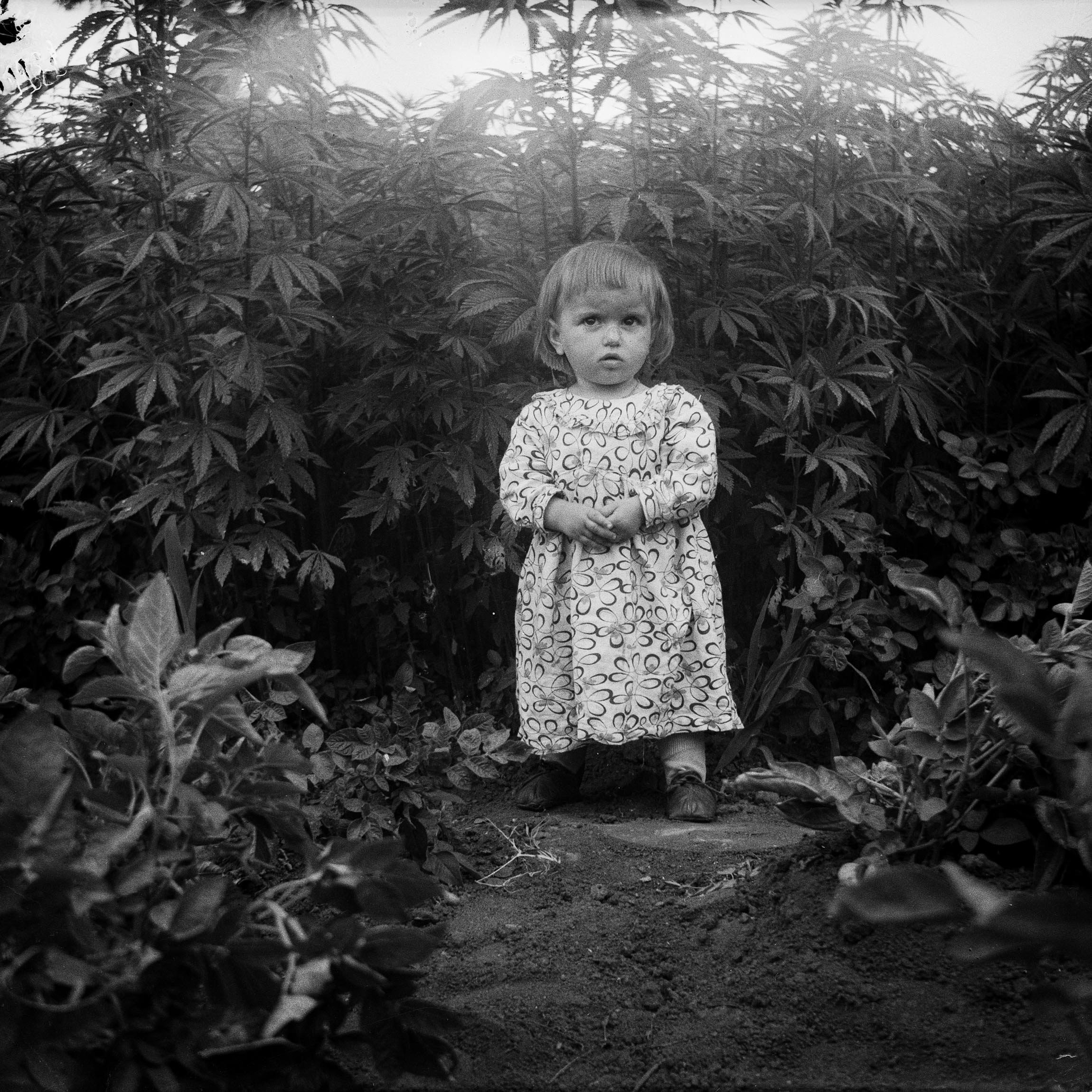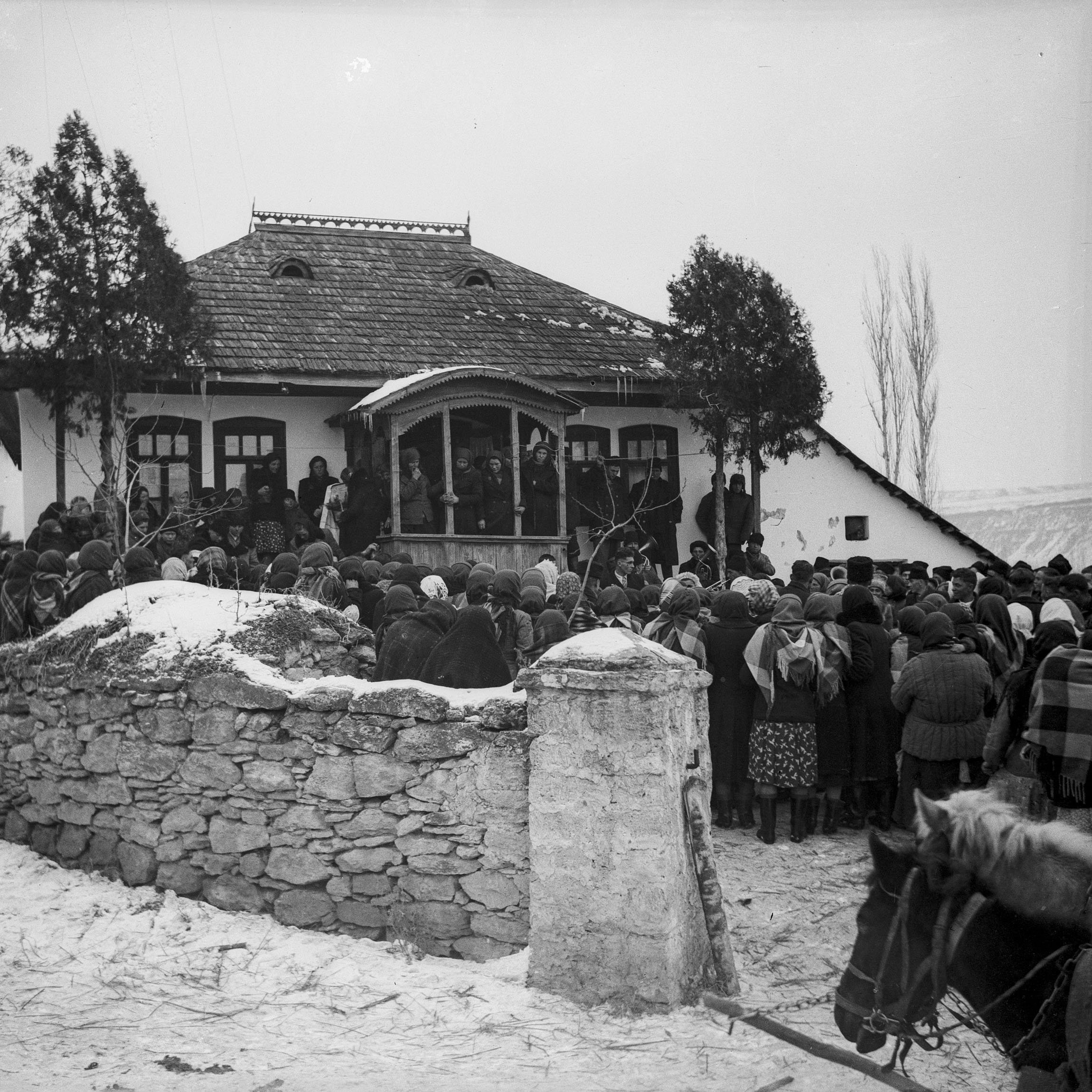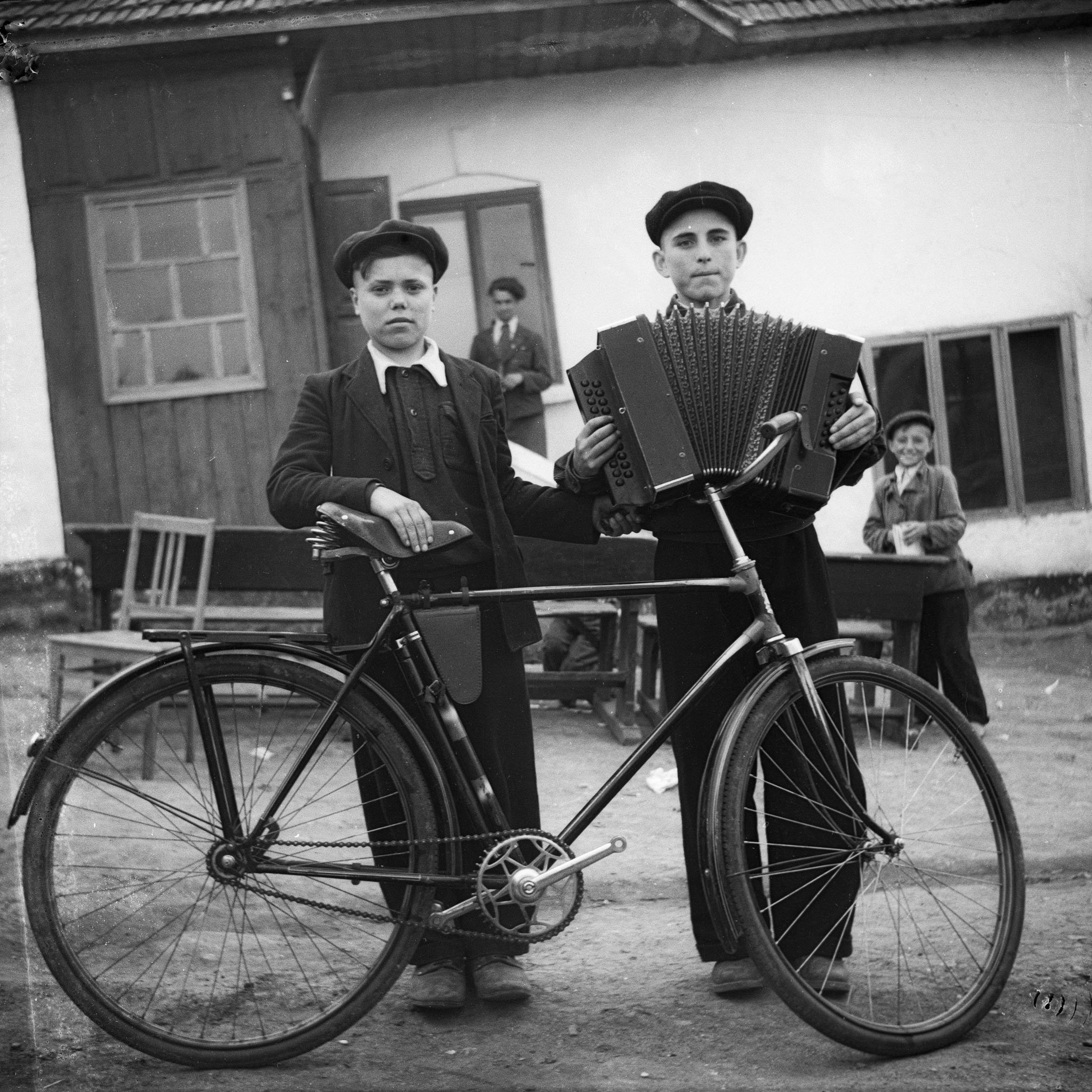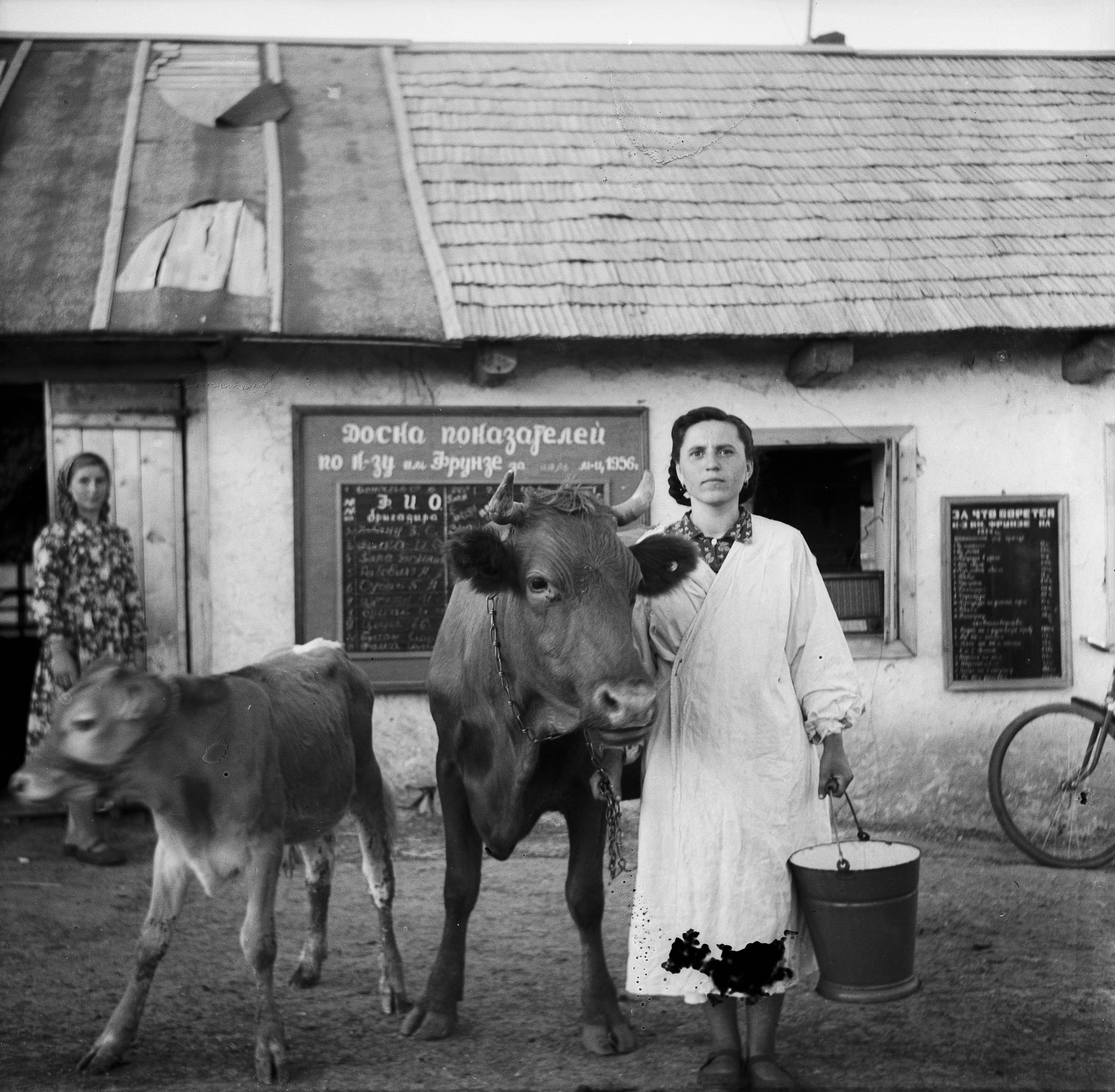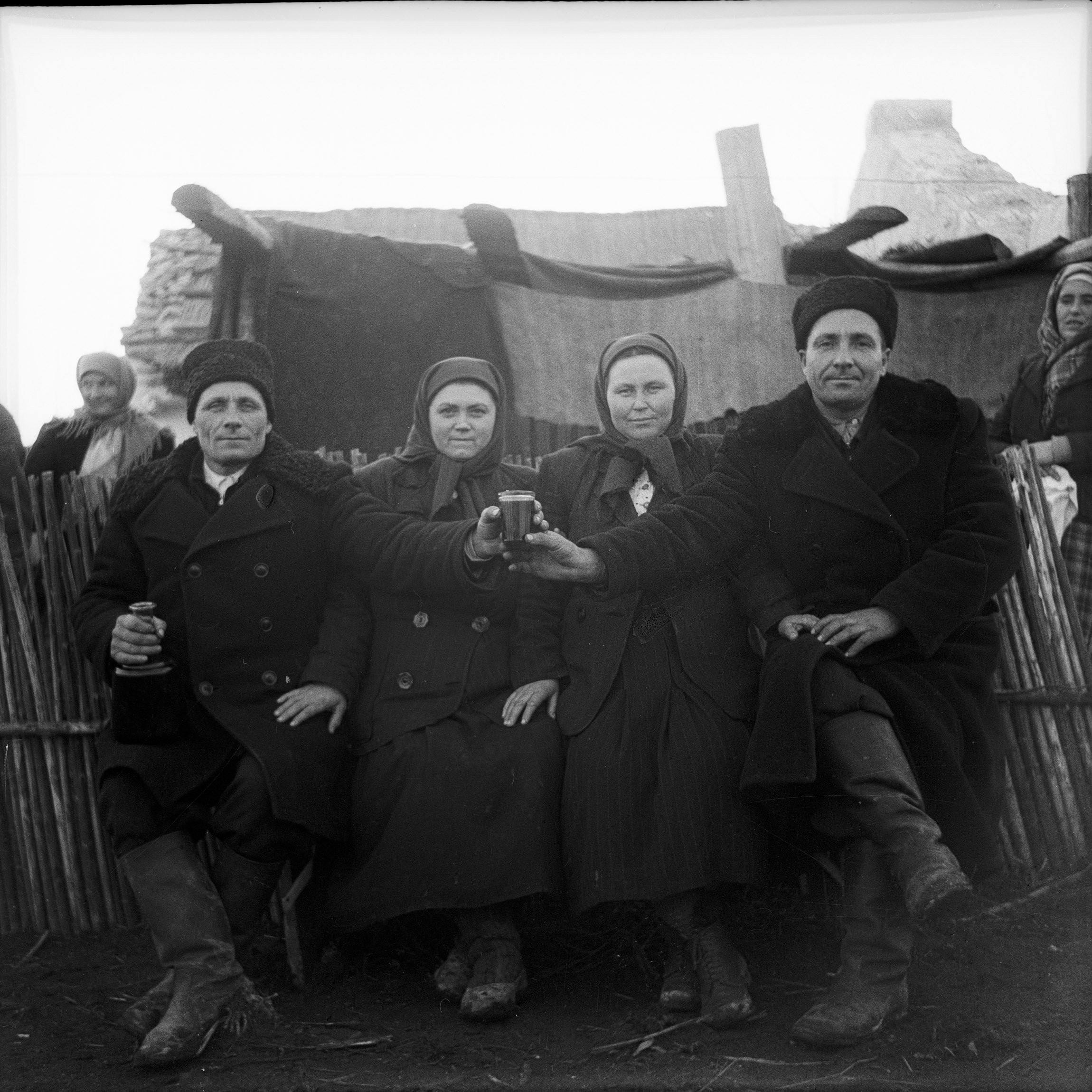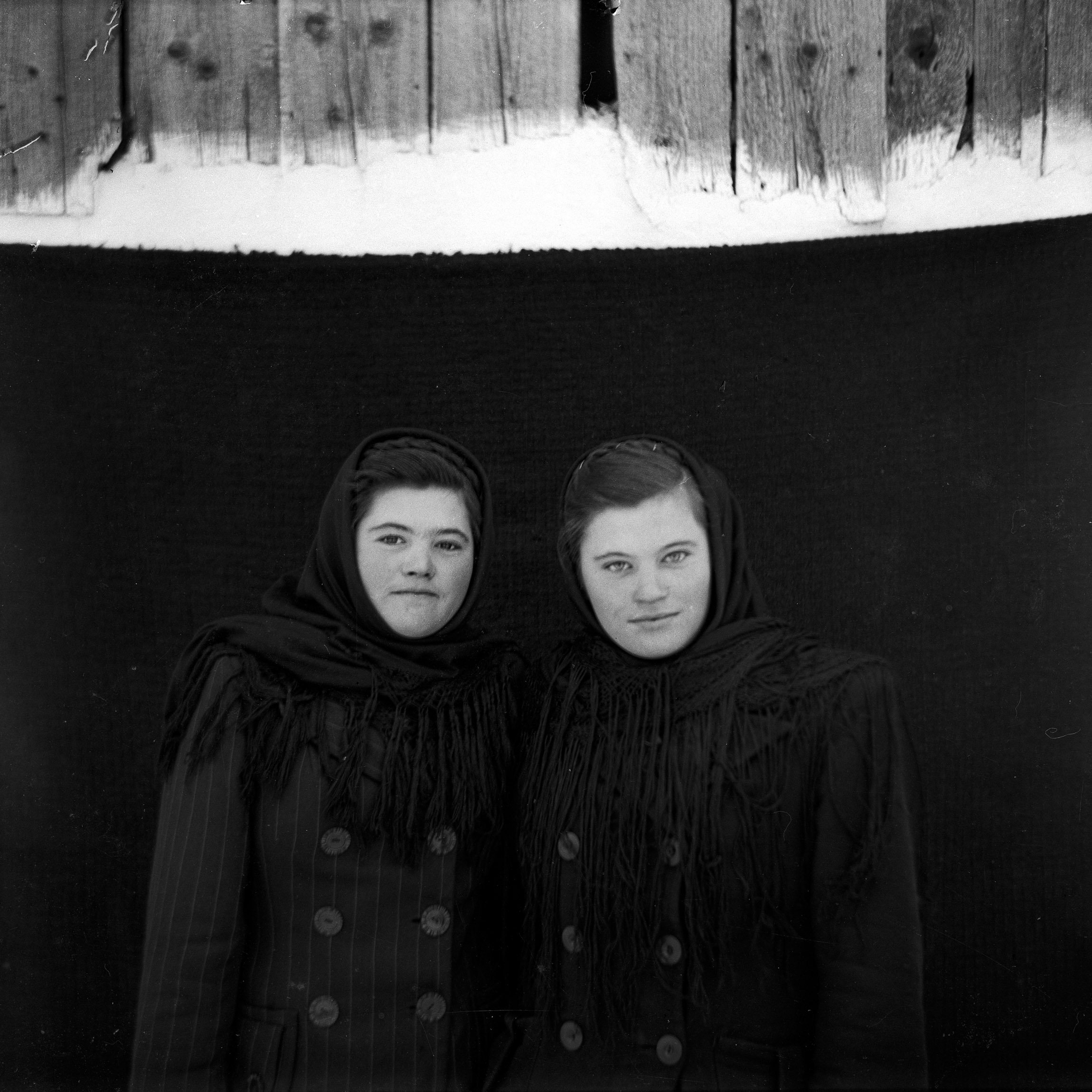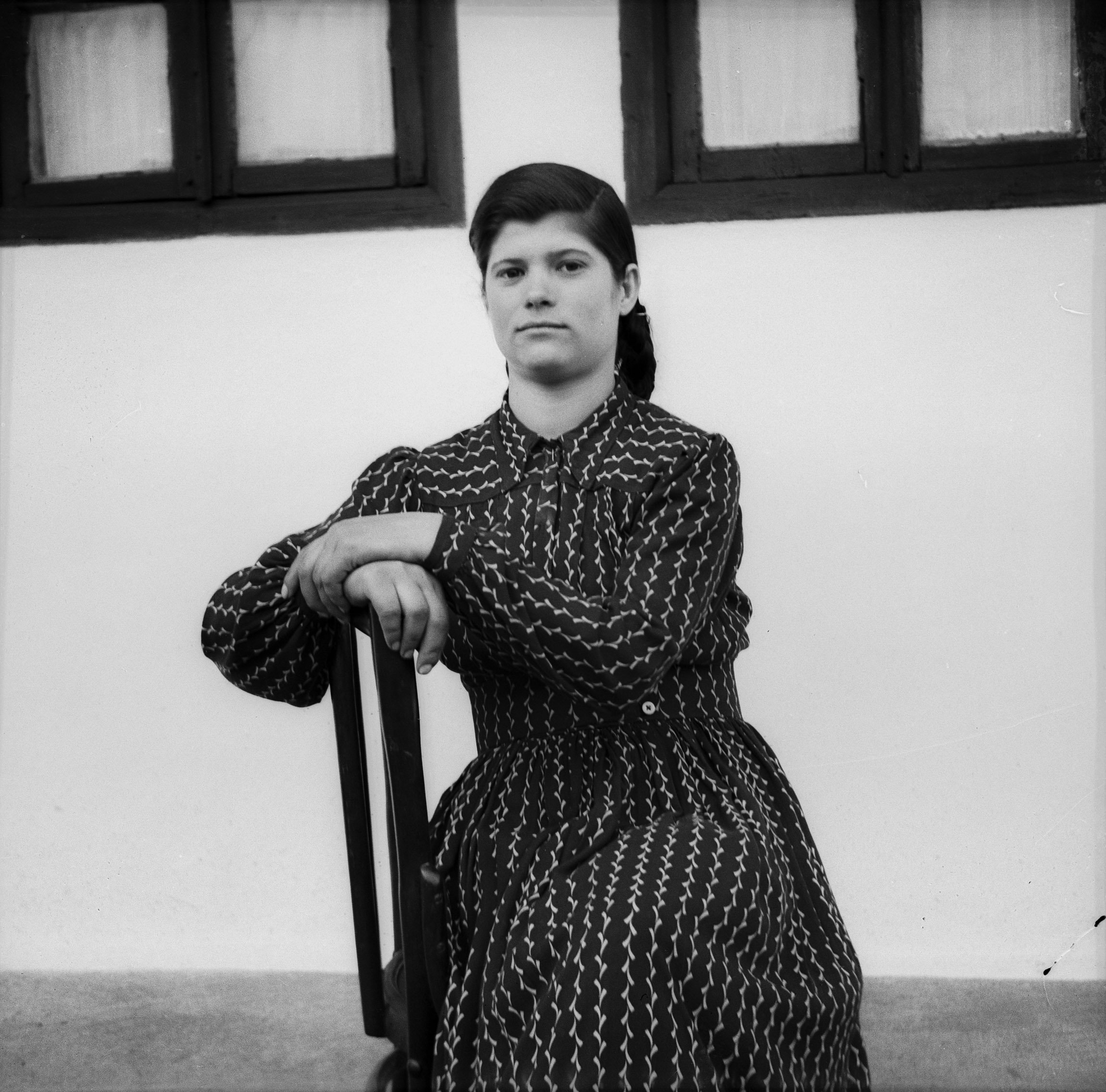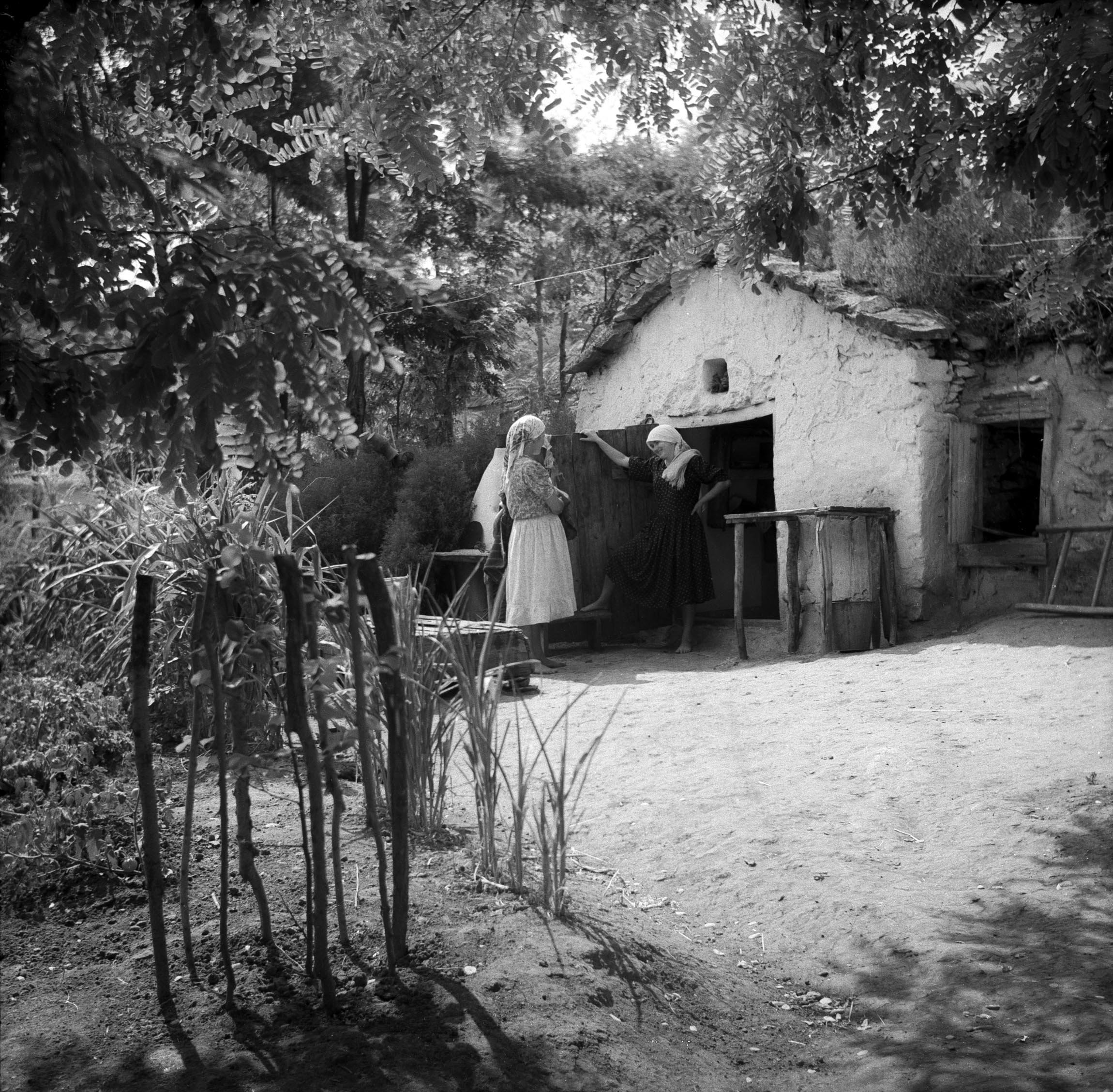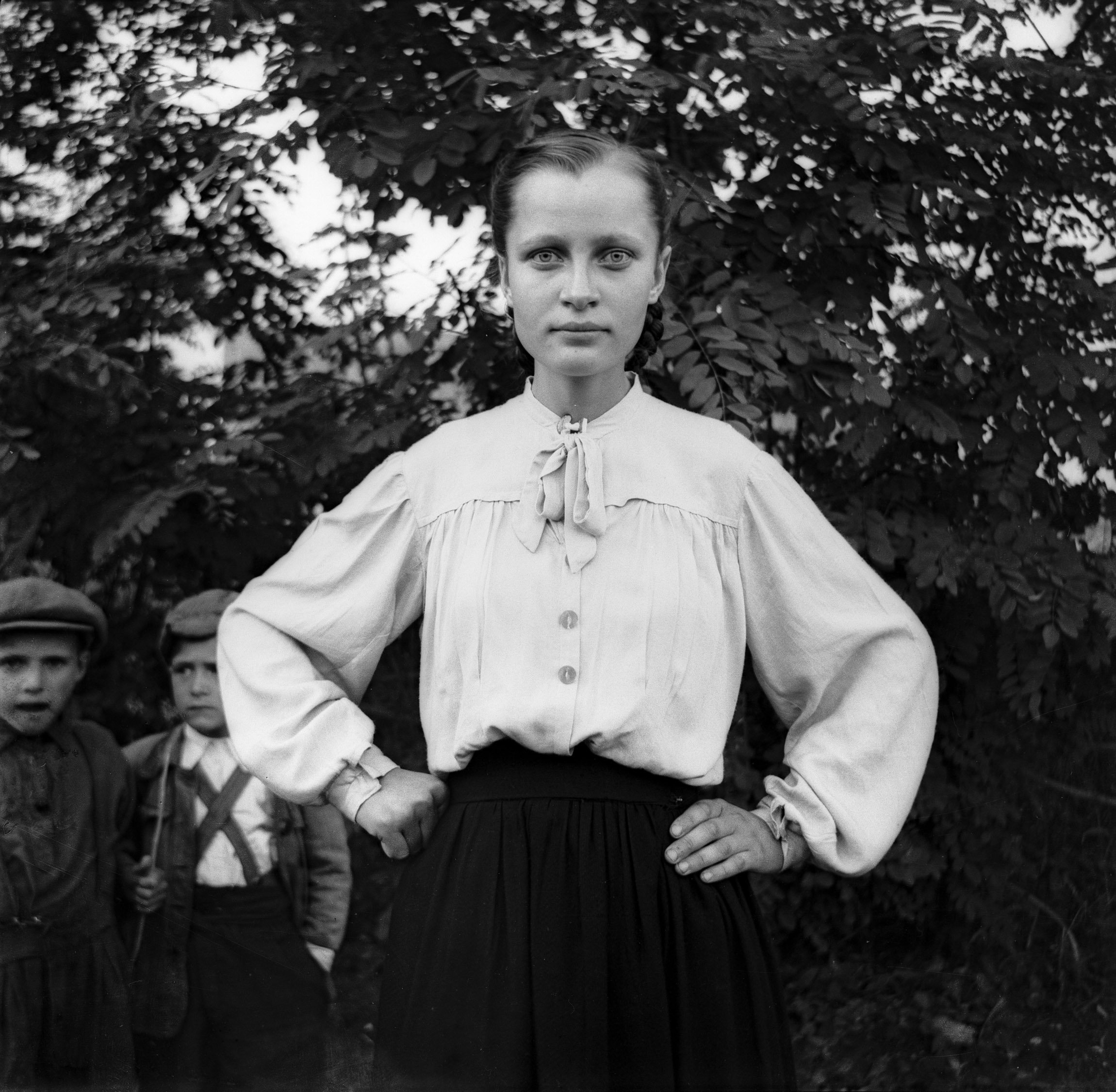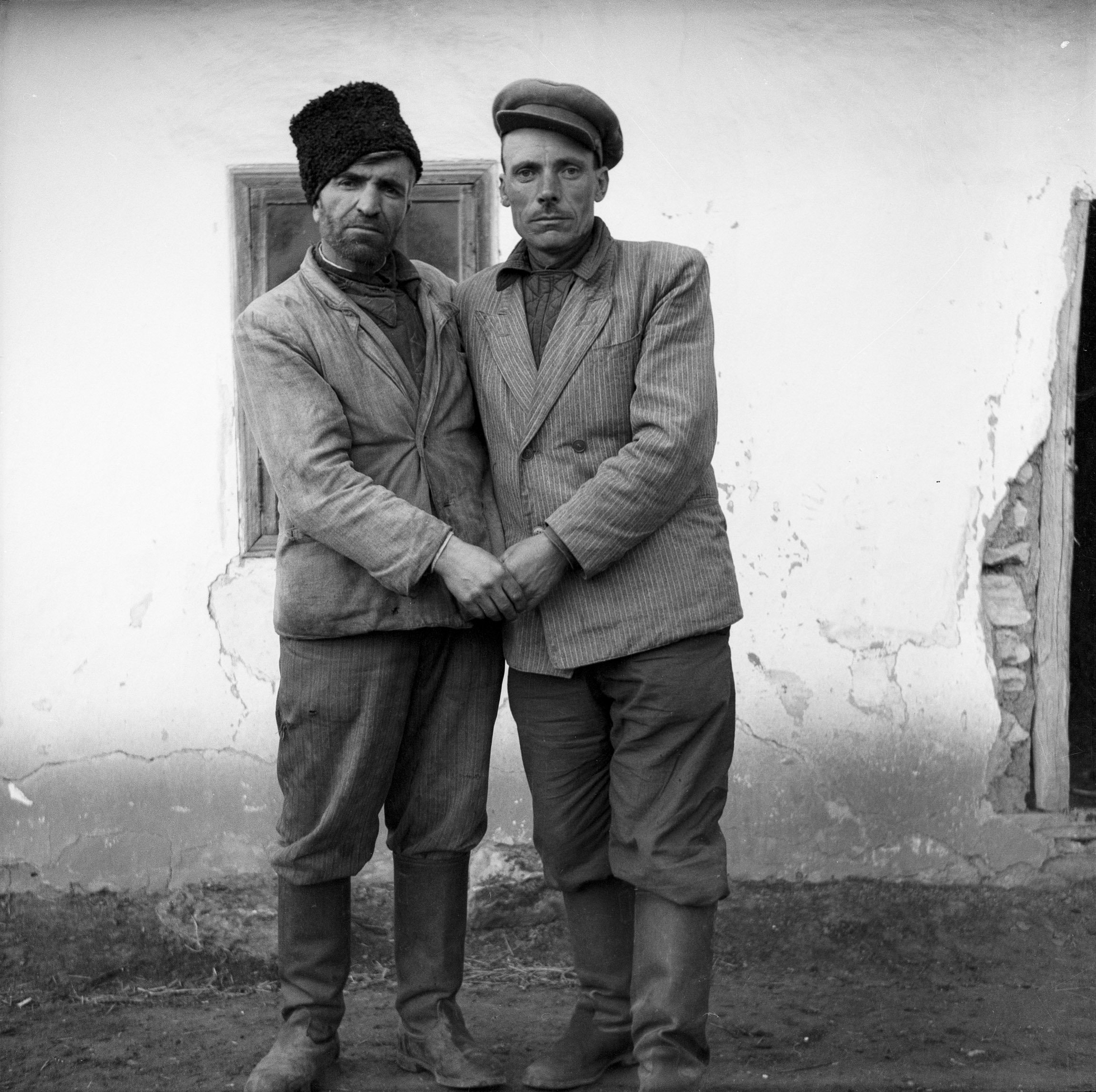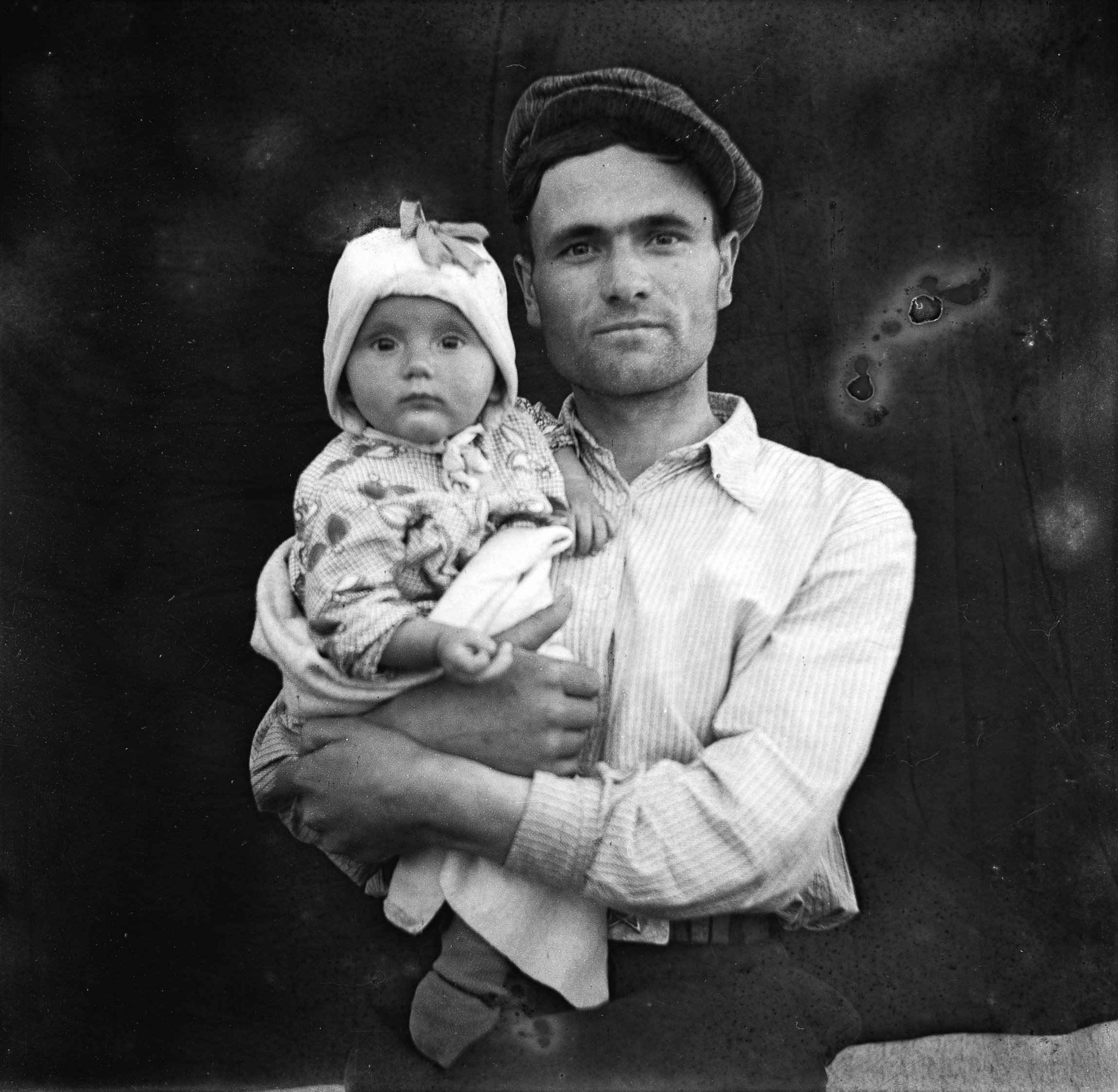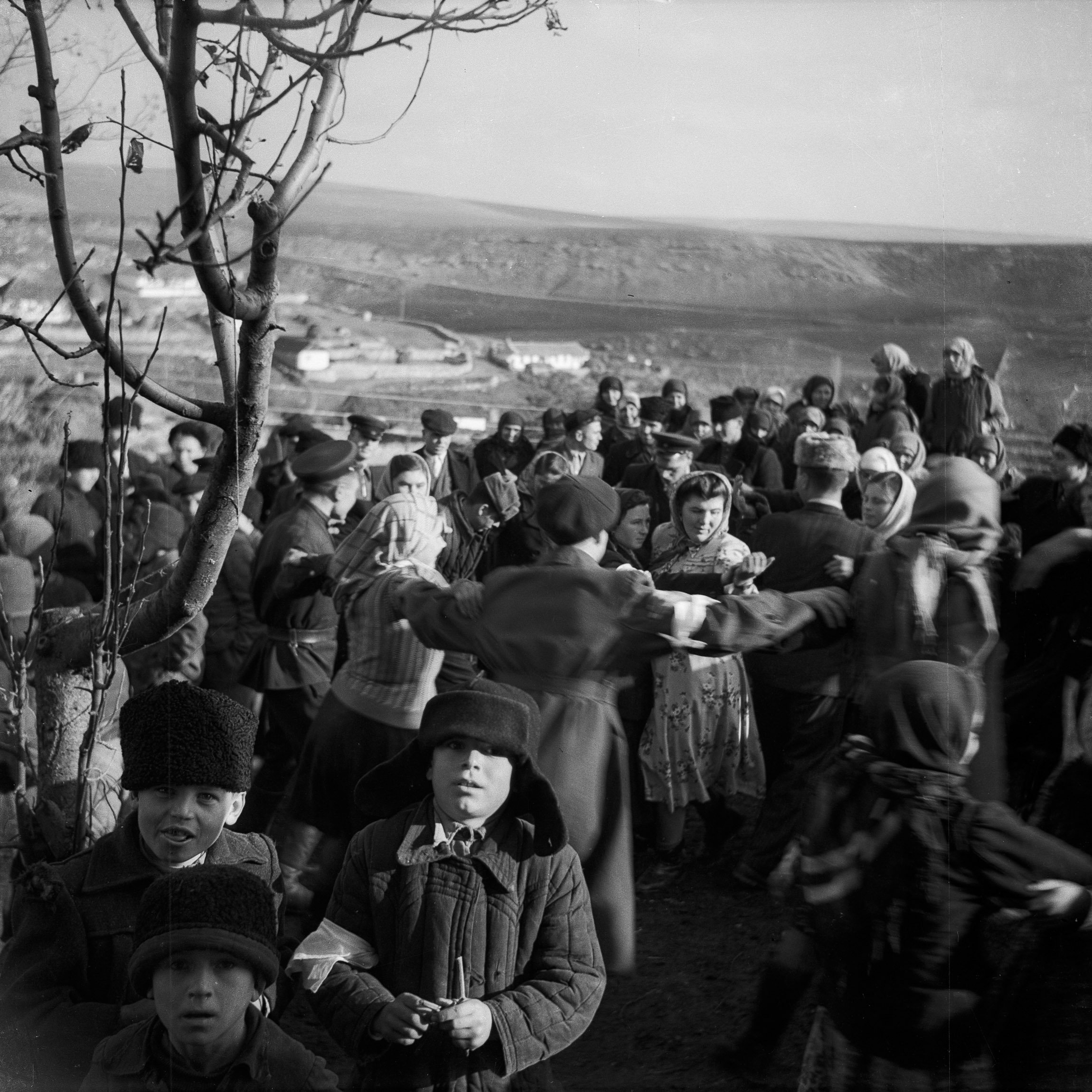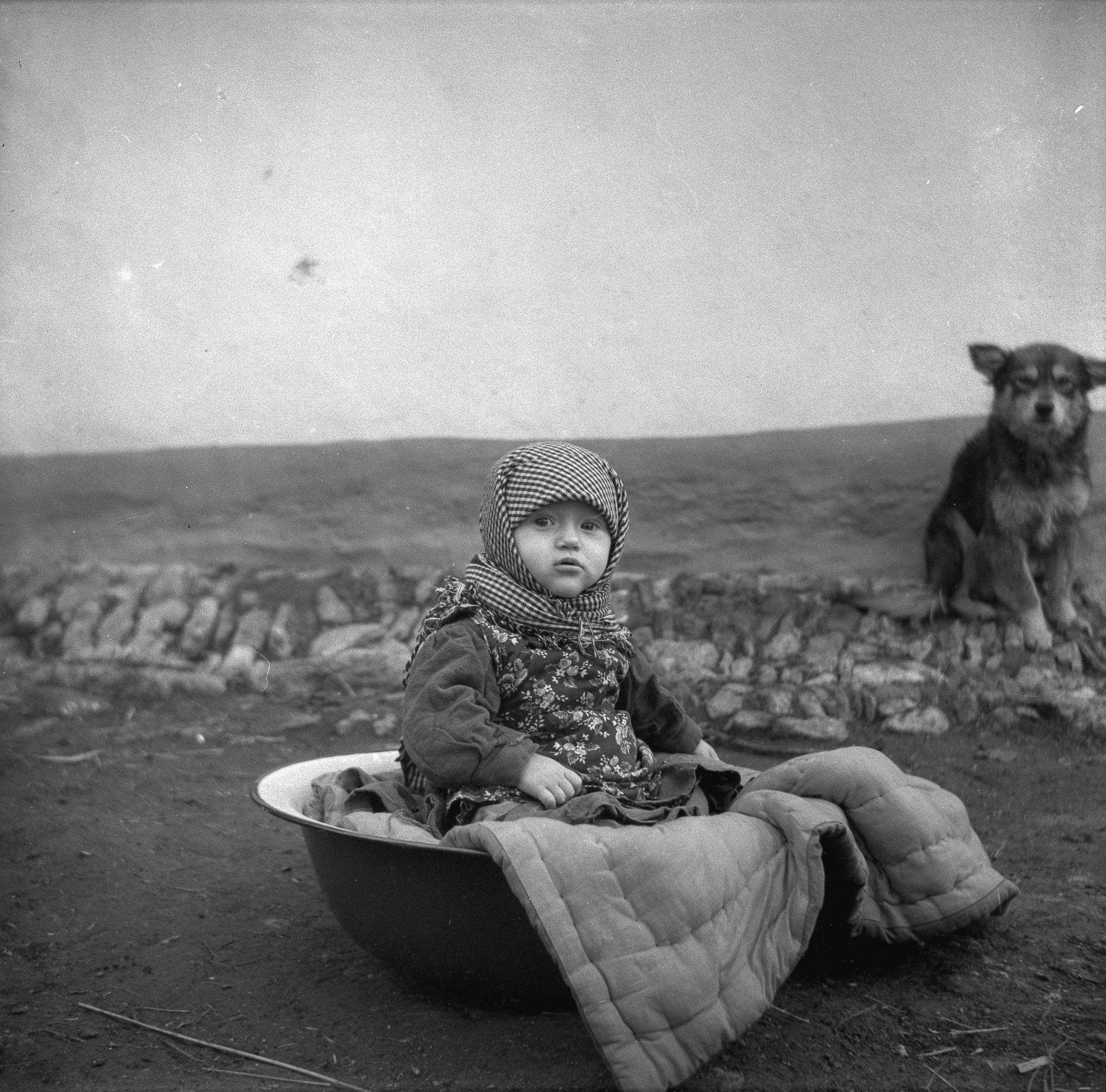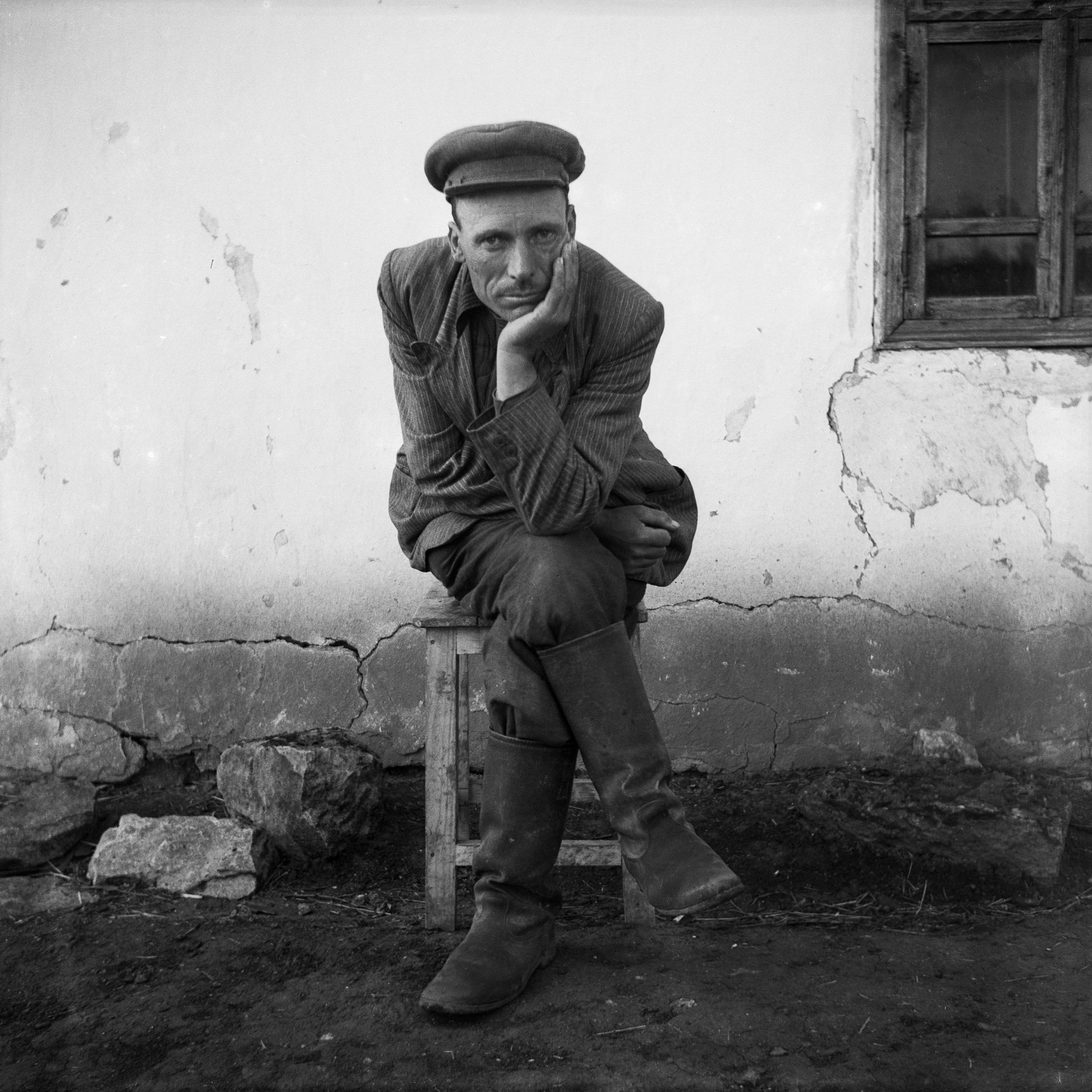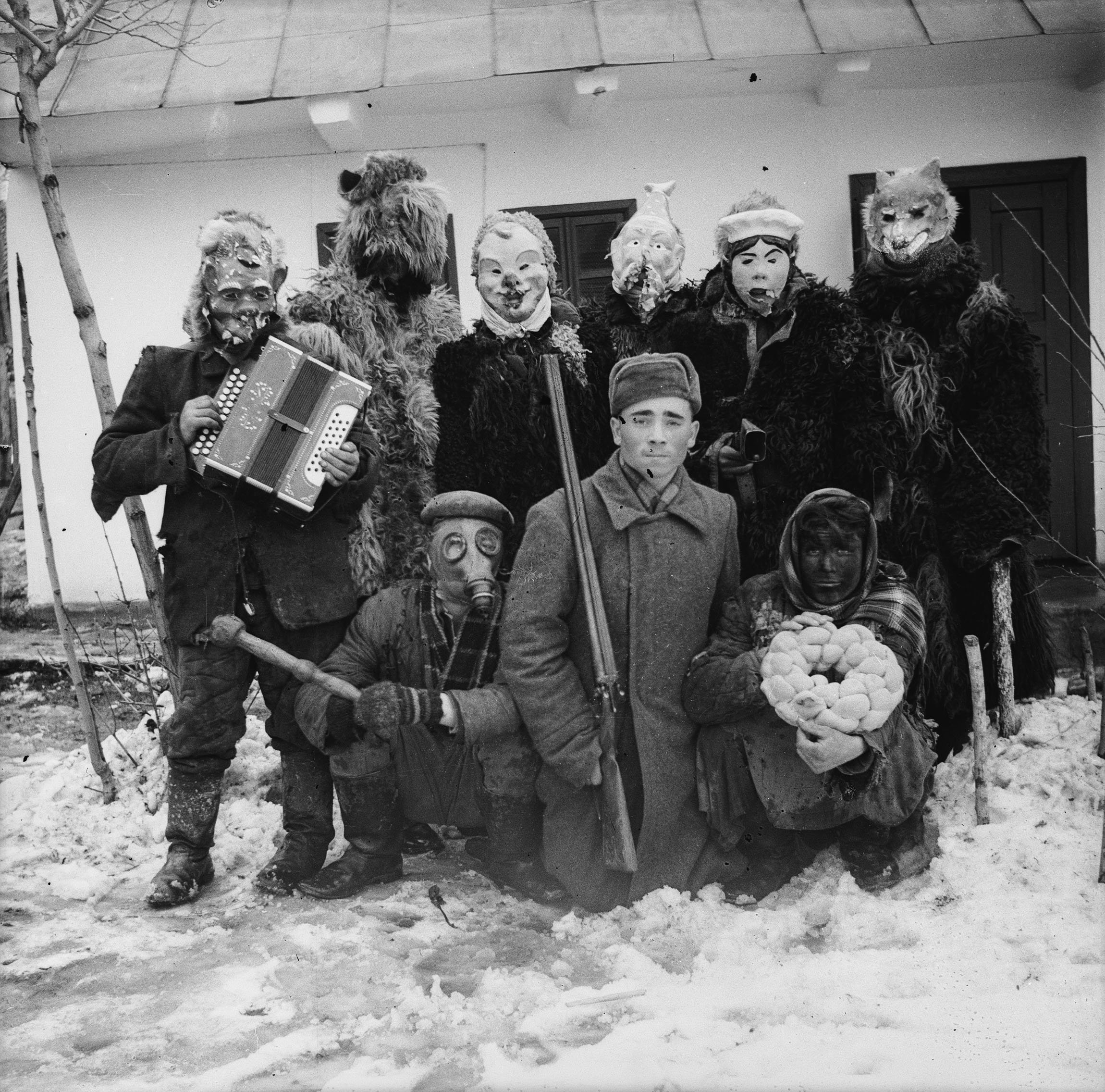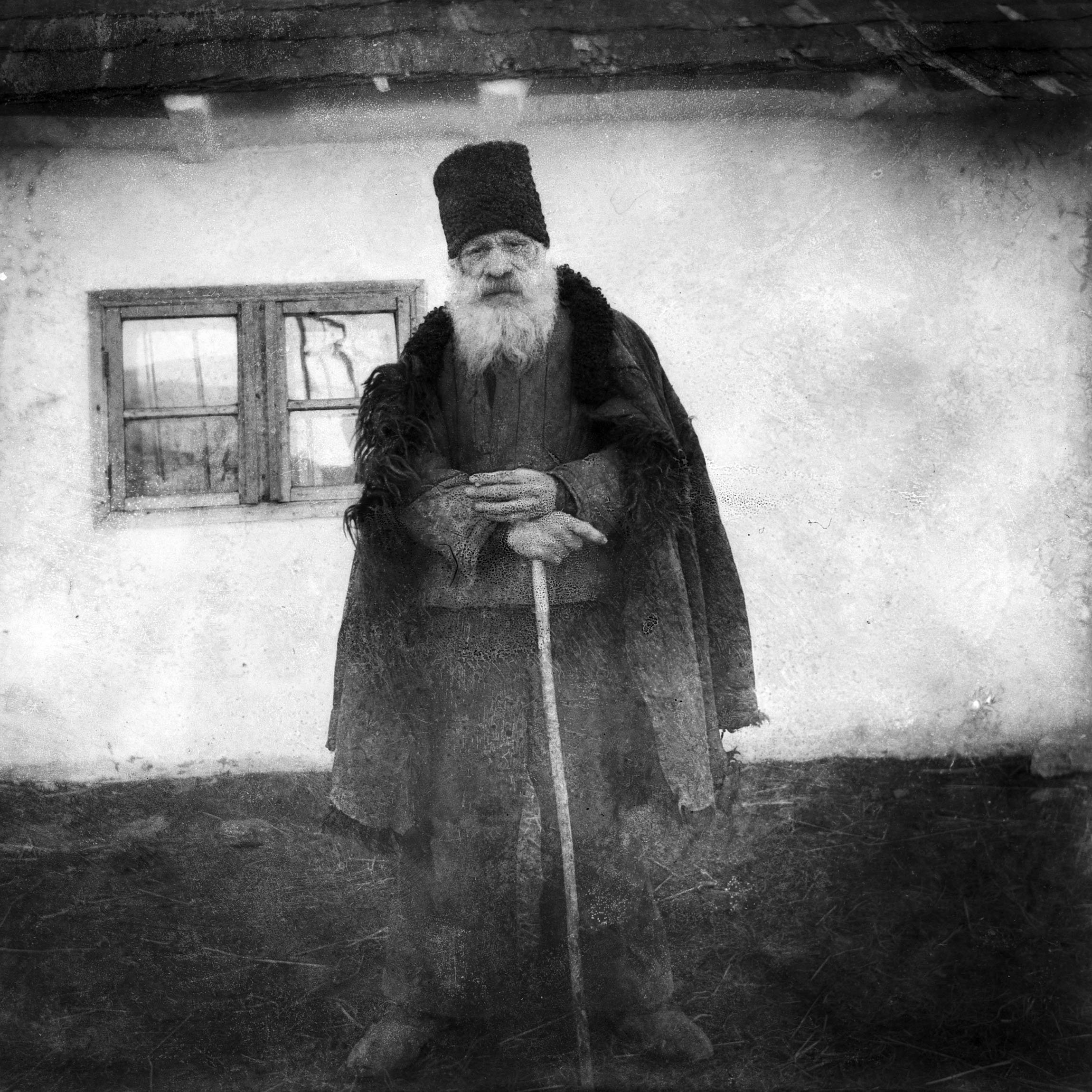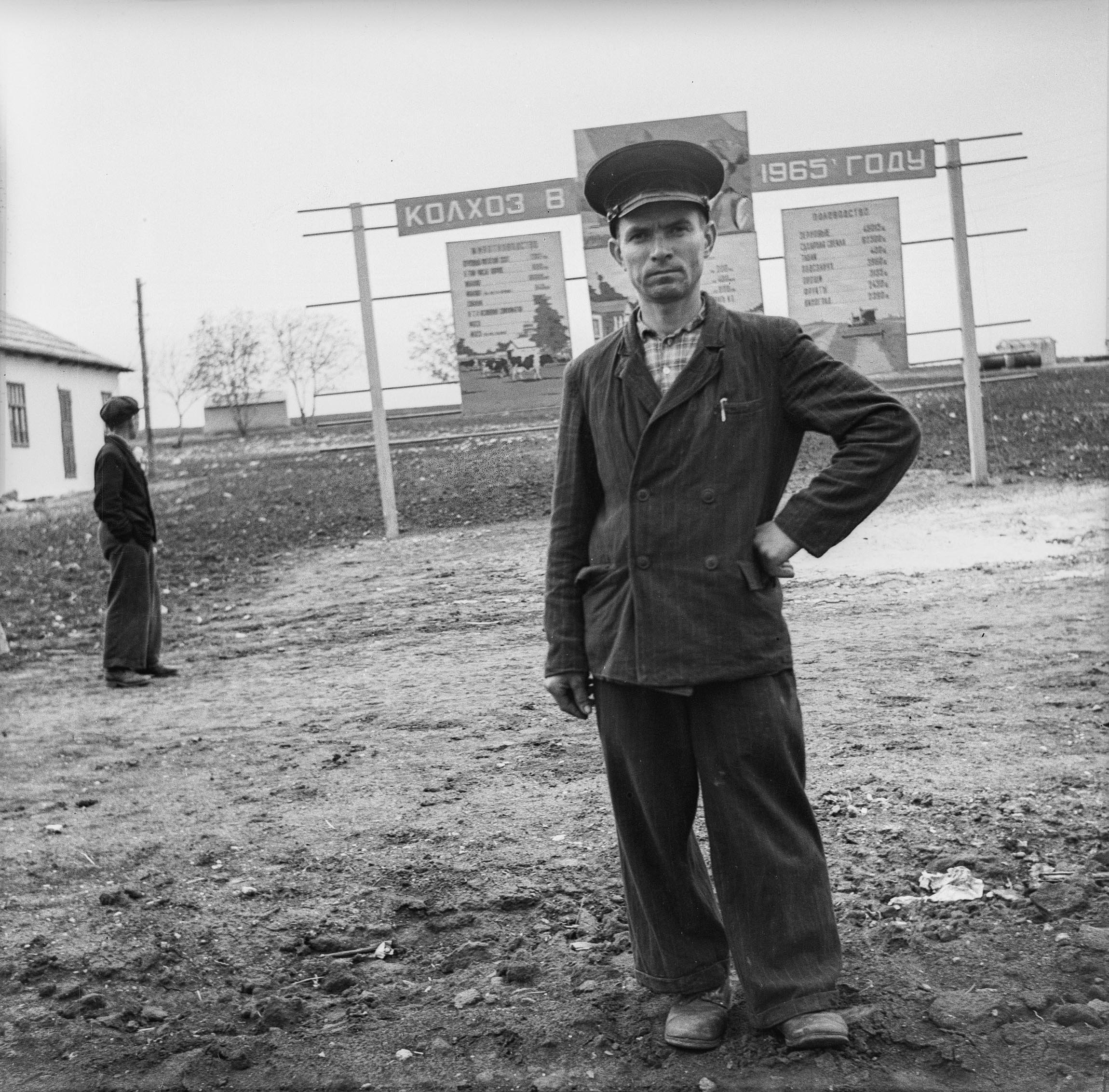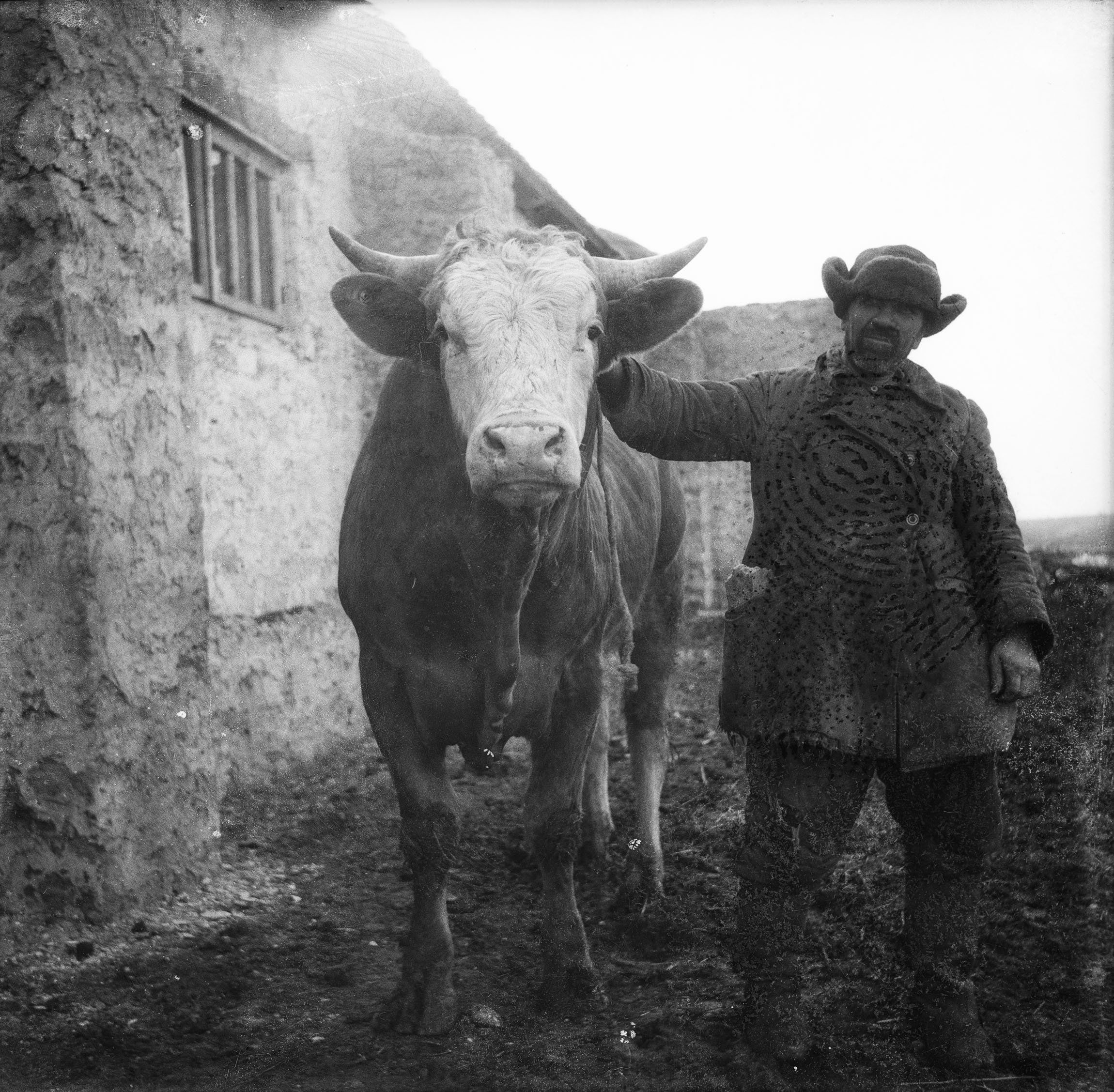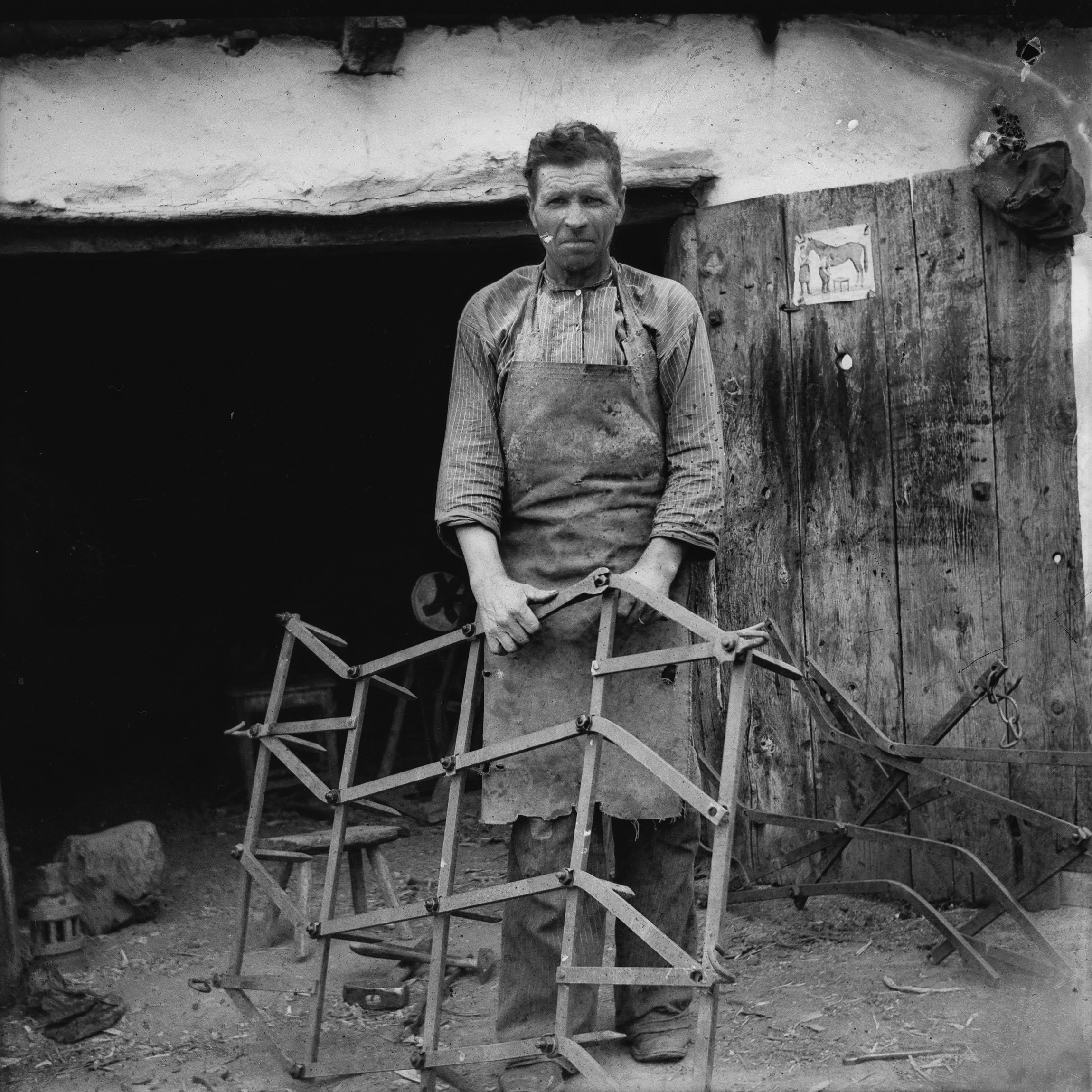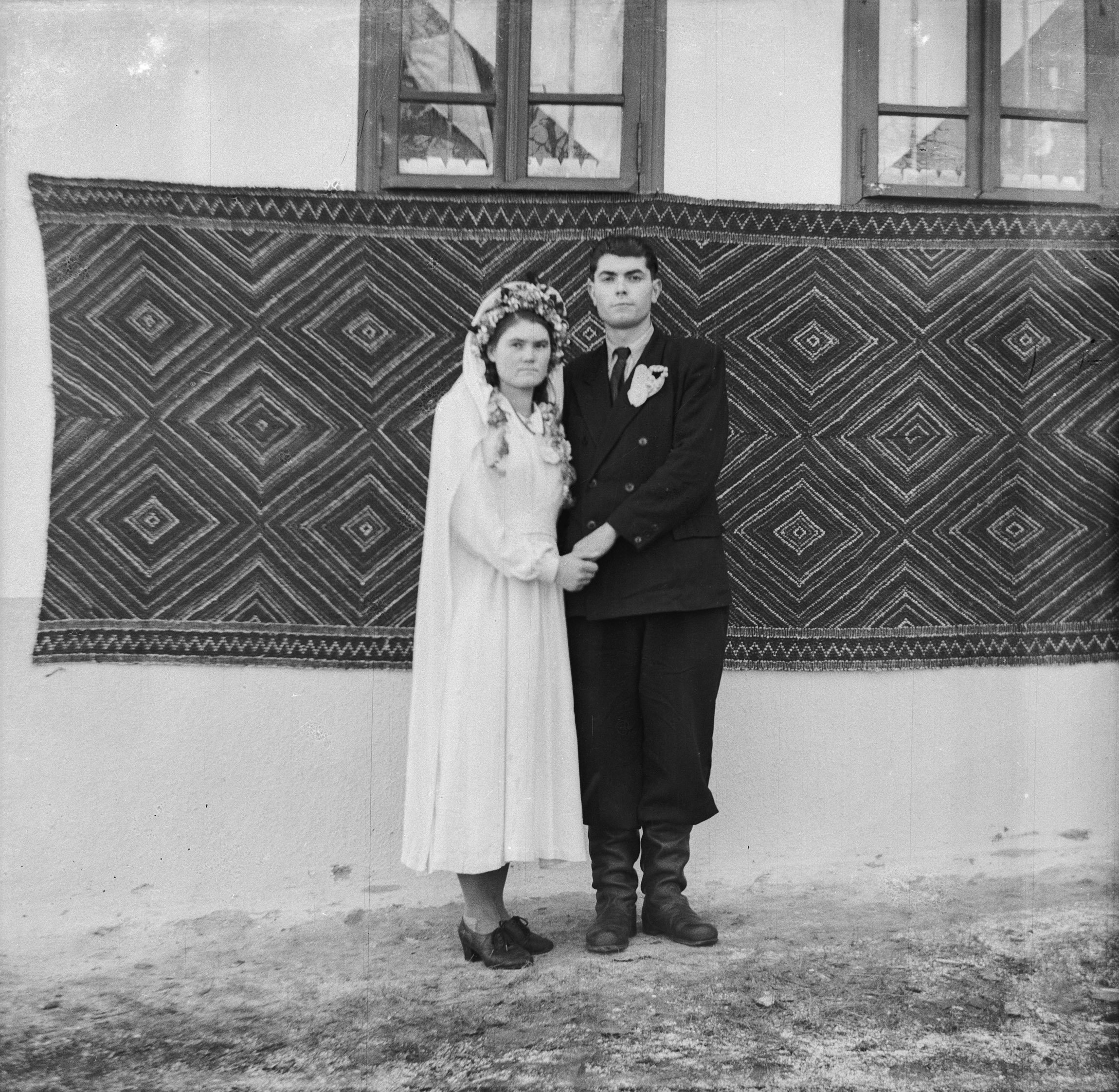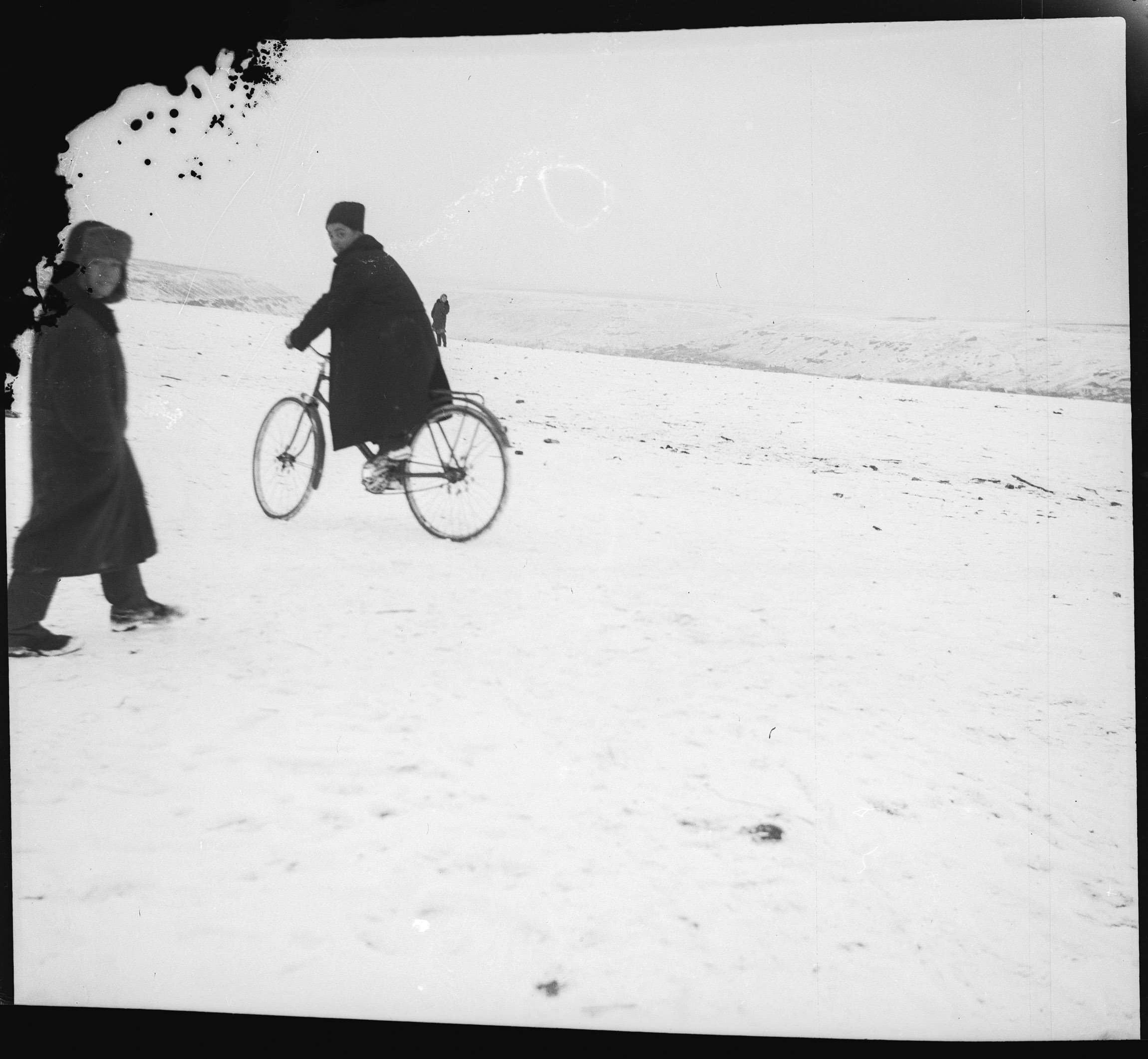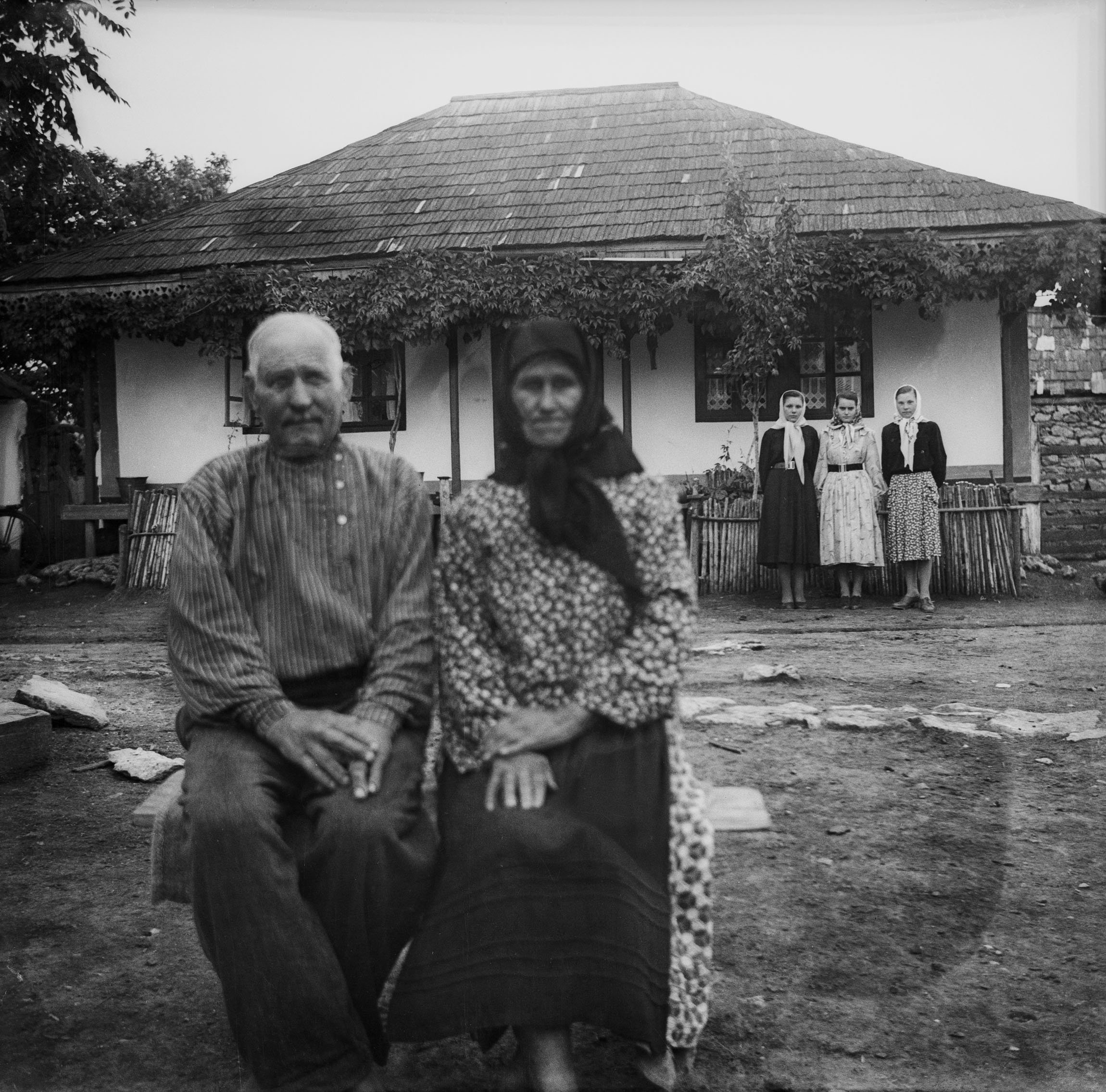Zaharia Cușnir
The Joy of Living
Dec 7 - 30, 2023
On a lukewarm morning of spring 2016, a film student at University of Chisinau discovered almost 4,000 negatives in the attic of an abandoned house in the village of Roșietici, in northern Moldavia, where only a handful of elderly inhabitants have remained. These black-and-white images show Moldavian peasants between the 1950s and 1970s and set the scene for a world that has never been substantially documented, as the totalitarian Soviet regime exercised a cultural monopoly through its photographic and cinematographic propaganda tools.
These images were captured by Zaharia Cușnir, a modest peasant who lived in the village of Roșietici, where the photographs were found.
Equipped with his Soviet Lyubitel, Zaharia Cusnir did not confine himself to portraits, but documented every aspect of his daily life: he photographed marital and funeral processions, musicians, the costumed rituals of winter celebrations, peasants at work, in the fields, among their cattle, along the river, or in the courtyard of their homes, soldiers returning from war and those departing for military service, mundane gatherings over glasses of homemade wine. Zaharia Cușnir immortalized the activities of a rural life inhabited by archaic Bessarabian folklore and a new modernity emanating from Soviet interference in the previously autonomous provinces.
This priceless collection of photographs is remarkable in several respects, not least for its visual power, whether in terms of the hundreds of faces they show, the meticulous compositions, the subjects depicted or the rare documentation of Moldavian craftsmanship. Zaharia Cușnir's mastery is first and foremost poetic in its relentless depiction of a simple humanity, buffeted by history, torn between a secular past and sudden modernity. The modest story of our photographer, who died in the winter of 1993 in perfect anonymity, is woven into the larger story. And yet, on his own scale, he created a space for freedom and creation, and resisted with humble means, motivated by the silent intuition that there was, in the isolated countryside of Florești province, something beautiful and great to be preserved for the future.
- Jana Curcenco
Zaharia Cușnir (Moldovian, 1912-1993, he/him/his) was a school teacher, blacksmith, and photographer. Cușnir was born and lived all his life in a small village from Moldova. He witnessed both world wars. In WW2 he was enlisted by the Soviet army as a soldier, was taken prisoner by the German army in 1941 and returned home in 1944. He was a teacher in the village school in 1946. In 1947, during the famine, he had shot someone who had come to his garden to steal fruit, and spent 3 years in prison. In 1953, a relative of his showed him a camera and since then he became the first photographer in the village. He started photographing weddings, funerals and portraits of the villagers. He stopped making pictures in 1973 when another photographer came to the village. He stored the negatives in the attic of the house where they stayed for almost 50 years. In 2016, they were discovered by a student and then Zaharia Cușnir's photos were published for the first time.

